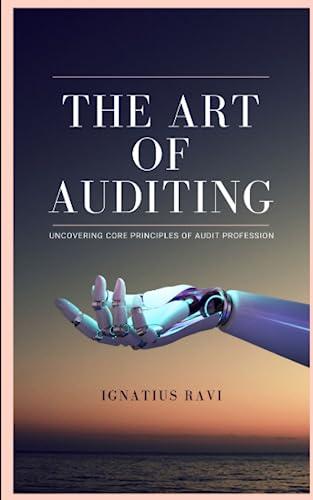MINI CASE As a financial analyst at Glencolin Intemational (GI) you have been asked to evaluate two capital Investment altematives submitted by the production department of the firm. Before beginning your analysis, you note that company policy has set the cost of capital at 15 percent for all proposed projects. As a small business, GI pays corporate taxes at the rate of 35 percent. The proposed capital project calls for developing new computer software to facilitate partial automation of production in Gl's plant. Alternative A has initial software development costs projected at $194,000, while Alternative B would cost $336,000. Software development costs would be capitalized and qualify for a capital cost allowance (CCA) rate of 30 percent. In addition, it would hire a software consultant under either alterative to assist in making the decision whether to invest in the project for a fee of $17,000 and this cost would be expensed when it is incurred. To recover its costs, Gl's IT department would charge the production department for the use of computer time at the rate of $394 per hour and estimates that it would take 182 hours of computer time per year to run the new software under either alternative. Gl owns all its computers and does not currently operate them at capac- ity. The information technology (IT) plan calls for this excess capacity to continue in the future. For security reasons, it is company policy not to rent excess computing capacity to outside users. If the new partial automation of production is put in place, expected savings in production cost (before tax) are projected as follows: Year Alternative A Alternative B 1 $86,000 5118.000 2 36,000 130,000 3 67,000 106,000 4 56,000 98,000 5 39,000 54,000 As the capital budgeting analyst, you are required to answer the following in your memo to the production department. a) Calculate the net present value of each of the altematives. Which would you recommend? b) The CFO suspects that there is a high risk that new technology will render the production equipment and this automation software obsolete after only three years. Which alternative would you now recommend? (Cost savings for Years 1 to 3 would remain the same.) Gl could use excess resources in its Engineering department to develop a way to eliminate this step of the manufacturing process by the end of year 3. The salvage value of the equipment (including any CCA and tax impact would be 352.000 at the end of Year 3. $37,000 at the end of Year 4, and zero after five years. Should Engineering develop the solution and remove the equipment before the five years are up? Which alternative? When







